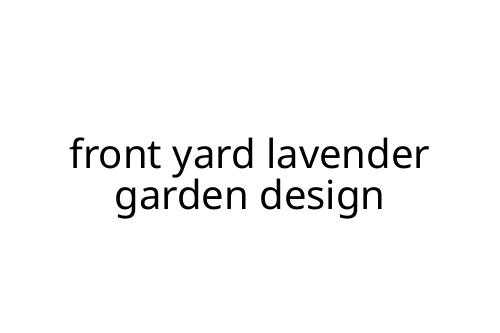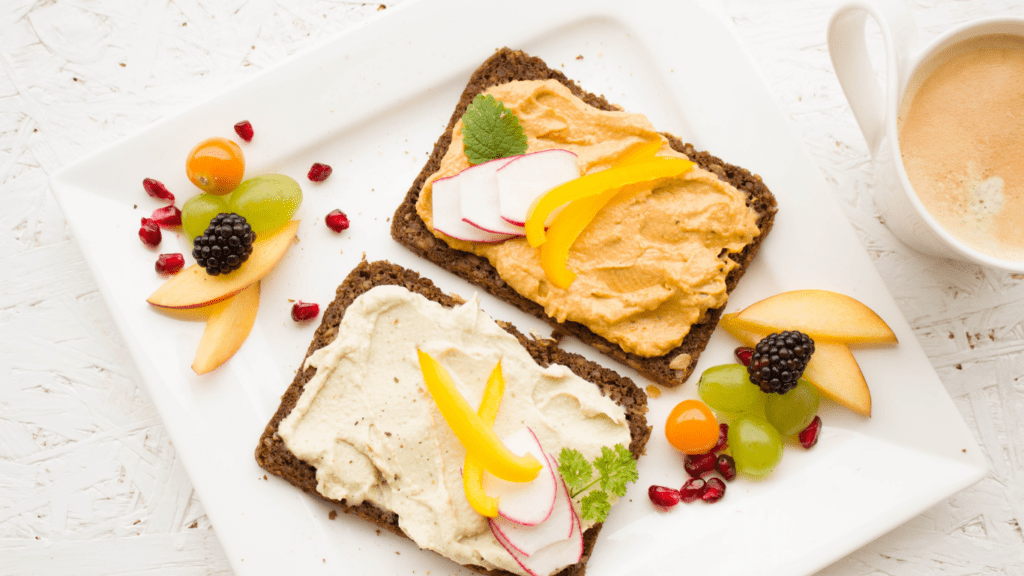front yard lavender garden design
Thinking about adding curb appeal or a calming scent to your home? Consider a front yard lavender garden design. Lavender is more than just pretty purple flowers—it’s drought-tolerant, low-maintenance, and brings a Mediterranean flair right to your doorstep. Whether you're starting from scratch or improving an existing garden, planning a lavender-focused space is practical and rewarding.
Why Choose Lavender for the Front Yard?
Lavender stands out for several reasons. It’s hardy and thrives in many climates, especially where summers are hot and dry. The plant’s silvery-green foliage and purple blooms offer color contrast all season. Lavender attracts pollinators like bees and butterflies, helping your whole yard stay healthy. You’ll also enjoy its soothing scent each time you walk to your door.
Planning Your Lavender Garden Layout
Start by thinking about sunlight. Lavender needs full sun—at least six hours daily. Pick the brightest spot in your front yard. Next, focus on soil. Good drainage is crucial; lavender hates having "wet feet." In heavy clay soils, amend with sand or gravel to increase drainage, or consider raised beds.
Spacing matters. Most lavender varieties need 18 to 24 inches between plants for air flow. This keeps foliage dry and reduces disease risk. A common front yard approach is to plant a row or border of lavender along a pathway or foundation, but you can also use it as a central focal point or cluster it with other sun-loving perennials like sage or rosemary.
Design Styles and Lavender Varieties
Lavender gardens aren't one-style-fits-all. For a classic look, plant in neat rows, mimicking French lavender fields. Prefer a cottage feel? Mix lavender with grasses, yarrow, or coreopsis for a relaxed blend. Hidcote and Munstead are English lavenders best for formal, compact designs. Provence or Grosso suit larger, more informal plantings.
Don’t forget hardscaping. Gravel paths or stone edging pairs beautifully with lavender and reinforces that Mediterranean vibe. Try contrasting the purple flowers with decorative mulch or reflective rock for a tidy, modern look.
Practical Tips for Success
Water young plants until they’re established; afterward, lavender is remarkably drought-tolerant. Prune annually after flowering to keep plants compact and encourage more blooms next year. Minimal fertilizer is needed—a lean soil keeps lavender healthiest.
Watch for overwatering and poor air flow, the two most common lavender problems. And if winters are harsh in your region, consider English lavenders for their cold hardiness, or provide extra mulch and shelter.
Pros and Cons
Pros:
- Low water and maintenance needs
- Attracts pollinators, deters deer and some pests
- Fragrant cut flowers for indoor use
Cons:
- Can struggle in poorly drained or shady locations
- Requires occasional pruning for best appearance
- Not ideal in humid, wet climates
Final Thoughts
A front yard lavender garden design balances beauty, simplicity, and function. With a bit of planning, you can create a space both you and the local bees will love—and your front yard will stand out for all the right reasons.

 Sarah Ainslie is an experienced article writer who has played a crucial role in the development of Toddler Health Roll. With a passion for child health and wellness, Sarah's writing offers parents insightful and actionable advice on nurturing their toddlers. Her articles are well-researched and thoughtfully crafted, providing practical tips on everything from nutrition to emotional well-being, making her contributions invaluable to the platform.
Sarah's dedication goes beyond just writing; she has been instrumental in shaping the content and direction of Toddler Health Roll, ensuring that it meets the needs of parents seeking reliable guidance. Her work has helped establish the platform as a trusted resource for families, offering comprehensive support for raising happy, healthy toddlers.
Sarah Ainslie is an experienced article writer who has played a crucial role in the development of Toddler Health Roll. With a passion for child health and wellness, Sarah's writing offers parents insightful and actionable advice on nurturing their toddlers. Her articles are well-researched and thoughtfully crafted, providing practical tips on everything from nutrition to emotional well-being, making her contributions invaluable to the platform.
Sarah's dedication goes beyond just writing; she has been instrumental in shaping the content and direction of Toddler Health Roll, ensuring that it meets the needs of parents seeking reliable guidance. Her work has helped establish the platform as a trusted resource for families, offering comprehensive support for raising happy, healthy toddlers.
